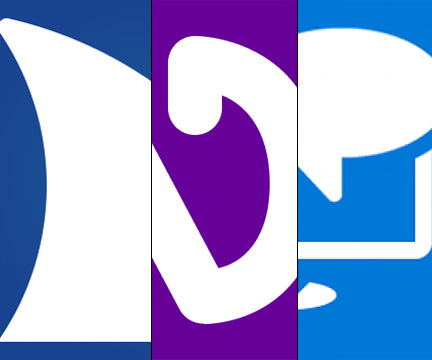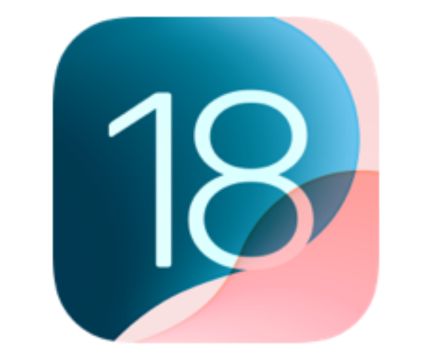Poster - Bicentennial
- Brand: National Braille Press
- Availability: In Stock
- SKU: LB-POSTER
$3.00
Perfect for any classroom, this 12.25" x 17" poster celebrates the life and achievements of Louis Braille on the bicentennial of his birth. To help mark Louis Braille's Bicentennial, NBP has created this stunning educational wall poster celebrating Louis's life and achievements. Louis Braille should be as well known as...
Perfect for any classroom, this 12.25" x 17" poster celebrates the life and achievements of Louis Braille on the bicentennial of his birth.
To help mark Louis Braille's Bicentennial, NBP has created this stunning educational wall poster celebrating Louis's life and achievements. Louis Braille should be as well known as Helen Keller or Martin Luther King - help us spread the word by bringing this beautiful poster into every classroom across the country!
This 12.25" x 17" poster prominently features the Louis icon described below, plus the braille alphabet, in the center of the poster. Along the left and right margins, smaller images and text illustrate Louis's life as well as facts about the braille code.
Text and images:
Left border:
- 1809
- Louis Braille was born January 4th in Coupvray, France, just outside Paris. Today, his home is a museum open to the public. (Image: A photo of Louis's home.)
- Two other famous men were born that year: Abraham Lincoln and Charles Darwin. (Image: Two postage stamps featuring Lincoln and Darwin.)
- 1812
- Louis was born sighted, but accidentally blinded himself in his father's workshop at age 3. (Image: "The Accident," a drawing of a boy climbing up to reach for his father's sharp tools.)
- 1824
- By the time he was 15, Louis had invented the basic braille code used today - giving blind people a universal means of written communication for the first time. By raising different combinations of dots in a six-dot braille cell, braille accommodates alphabets, numbers, punctuation, music, math and computer notation in all languages. (Image: The braille cell.)
- Louis also invented a braille music code. He was an accomplished musician and played the organ in several prominent churches in Paris. (Image: A detail from "Cafe of the Blind," showing blind musicians.)
Right border:
- 1828
- At the age of 19, Louis became a respected teacher at the school in Paris where he had studied since he was 10. He taught grammar, geography, history, math, and music. (Image: An etching of the formal uniform similar to that worn by residents at Louis's school.)
- 1840
- Louis co-invented the first dot-matrix printer, called the raphigraphe, so that blind students could write letters home. (Image: The raphigraphe.)
- 1852
- Louis died of tuberculosis on January 6, 1852, at the age of 43. He was relatively unknown outside Paris and Coupvray.
- The braille code he had invented was not officially recognized in France until two years after his death. (Image: A miniature ivory image of Louis.)
- 1952
- One hundred years after he died, Louis's remains were transferred to the Pantheon in Paris. Only the remains of his hands were kept in Coupvray, at the insistence of the mayor. (Image: The Pantheon.)
About the Louis Braille Icon
This image of Louis Braille was designed by artist Judith Krimski in celebration of the bicentennial of his birth on January 4, 2009. The challenge was to illustrate Louis's vitality today while honoring his place in history. Krimski chose the silhouette, a common form of French portraiture two hundred years ago (prior to the invention of the camera). Skilled artists made silhouettes by looking at a subject's profile, or side view, and cutting out just the outline of the face, freehand, on black paper. Within minutes, the artist could produce an image with a remarkable resemblance to the contours of the face of his subject. (Even today, iPod commercials portray silhouetted figures dancing to the music they're listening to on their iPods.) But to capture Louis's geni

 Contact
Contact Login
Login
 LOG IN
LOG IN
 SEARCH
SEARCH








